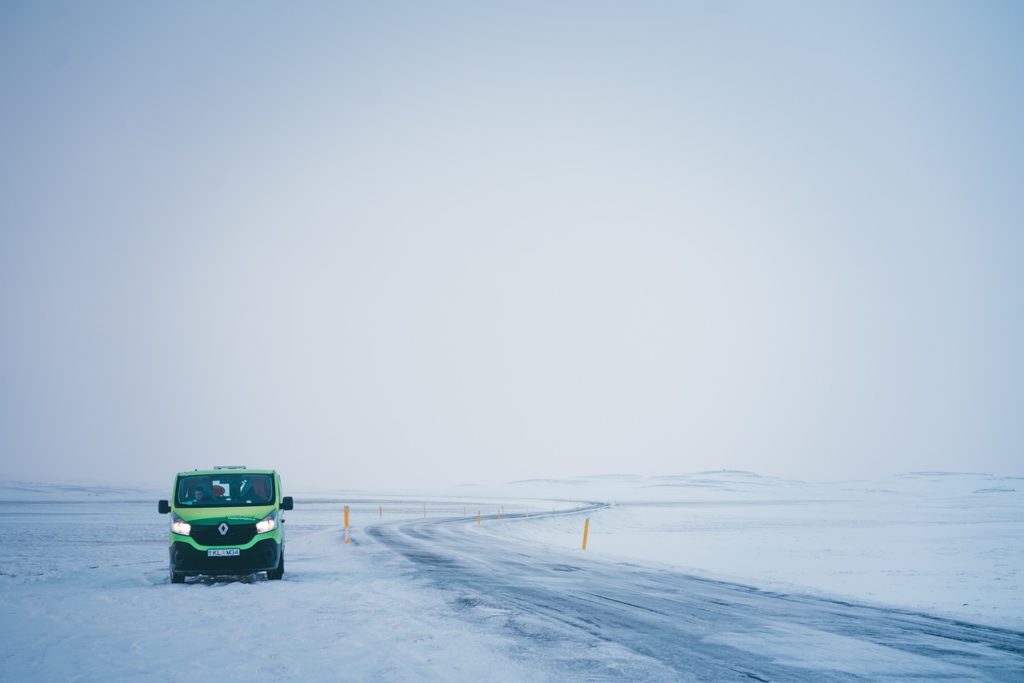Moving is bad enough, but moving in wet, muddy, sloppy weather should be illegal.
Alas, it’s not, and if you have no choice but to move during winter, do yourself a favor and hire professional movers.
If that’s not possible, pay heed to 5 of the most important tips from the pros.
1. What will you do with pets and kids?
You’ll need to work quickly during a winter-weather move and, since children and pets tend to get in the way during periods of excitement, find a place to “stash” them during the process.
Consider asking a family member to watch the kids or hire a sitter. Pets can be placed in boarding where they’ll be safe.
2. What does the weather service say?
The best way to remain updated on weather conditions is with an app on your phone.
AccuWeather offers a free weather app and also a brilliant Road Trip Planner (you’ll need your laptop for this).
Many local TV station news departments offer apps that provide local weather alerts. In Minnesota, for instance, movers can download the CBS Minnesota app, or get road condition information from the Department of Transportation.
Check their websites or search iTunes or Google Play for a region-specific app.

3. Pack the necessities first
The last thing you’ll want to do after slogging through messy weather is to have to go through all those boxes to find the essential items you’ll need right away.
Before packing anything else, fill a box with the following:
- Old towels and rags to wipe wet floors.
- Snow/ice removal items, such as a shovel, ice scraper, and a walkway de-icer
- A change of clothing for all family members (including dry shoes or boots)
- Snacks
- Food for the pets (don’t forget the bowls)
- Several large bottles of drinking water
- Any medications you take daily
- Bathroom items such as a shower curtain, shampoo, soap, toilet paper
- Valuables
- Coffee maker and everything to go with it
- Things to keep the kids occupied
Place the box in the trunk of your car.
4. Protect your electronics
According to the specialists at Bekins, “Electronic components can generate condensation when the temperature falls.” [Citation needed] They offer a word of caution, stating that “this condensation might cause water damage or possibly short-circuiting.”
When thinking about ways to secure your devices, keep the word “insulation” in mind. Wrap each individual item with bubble wrap first, and then place it inside a blanket. Wrap each individual item in bubble wrap and place it in a box that has a secure lid. After that, wrap the box in bubble wrap or a moving blanket, whatever you want.
5. Use extra care when moving appliances
You will be tempted to get the washing machine and dryer set up as soon as you move in, but you should resist the urge and wait until you have unpacked everything first.
Washing machine manufacturers often recommend leaving the machine idle for a minimum of twelve hours. This is done to guarantee that any traces of water that remained in them while they were being moved have not turned into ice, which would be harmful to the appliance if it formed.
Additionally, the temperature of the dryer needs to be lowered to the same level as the rest of the room. If you don’t take preventative measures, the igniter and heating element can crack.
To protect your electronics from damage caused by sudden shifts in temperature, you should unwrap them and let them sit out of the packaging for a time.

